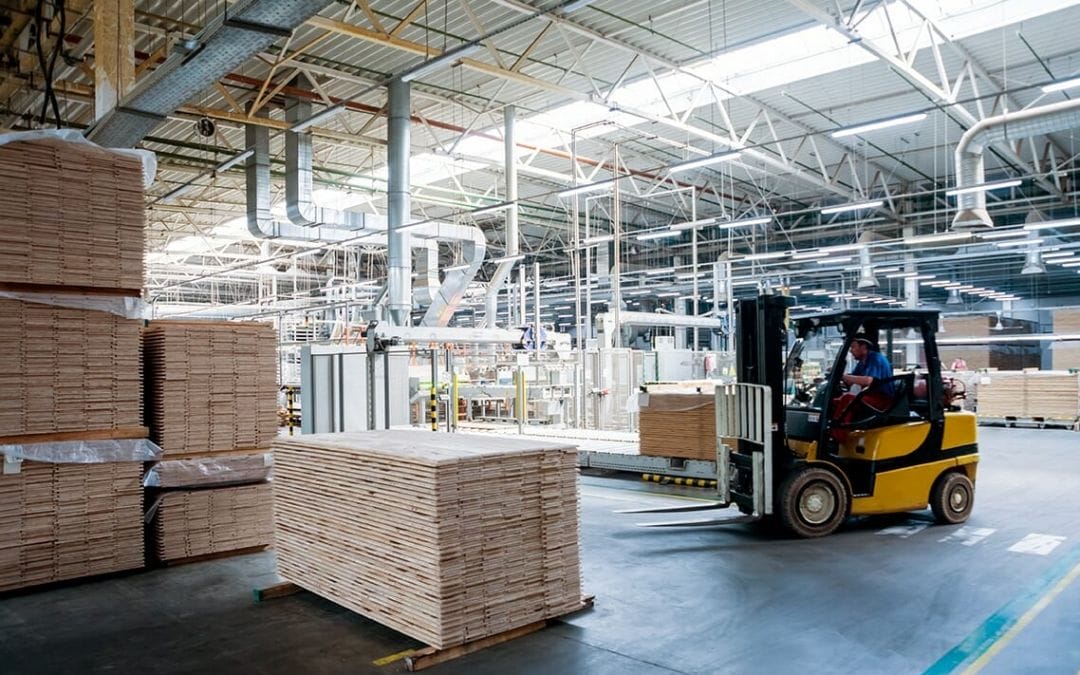With an ever more complex global economy, supply chain resilience has become a focal point for businesses seeking to navigate an array of disruptions—from natural disasters to geopolitical tensions and economic fluctuations. Enhancing supply chain resilience not only safeguards against potential crises but also ensures the continuity of business operations, thereby supporting long-term success. This article explores the essential strategies for bolstering supply chain resilience and the pivotal role of technology in facilitating robust risk management.
Understanding Supply Chain Resilience
Supply chain resilience refers to the ability of a supply chain to anticipate, prepare for, respond to, and recover from disruptions. It involves a holistic approach that encompasses planning, management, and response strategies to ensure operational continuity and minimise impact on business performance.
Key Strategies for Enhancing Supply Chain Resilience
- Diversification of Suppliers: Reliance on a single supplier or region for critical components can be risky. Diversifying suppliers across different geographical locations can mitigate risks associated with regional disruptions, such as natural disasters or political unrest.
- Investment in Inventory Management: Effective inventory management is crucial. Buffer stocks or safety stocks can be a strategic approach to handling sudden spikes in demand or supply chain interruptions.
- Robust Relationship Management: Building strong relationships with suppliers ensures better communication and collaboration, which are vital for quick responses to supply chain issues. This includes regular engagement and alignment on risk management practices.
- Integrated Risk Management: Developing an integrated risk management framework that assesses potential risks, their impact, and the probability of occurrence can guide preventive measures and strategic responses.
The Role of Technology in Supply Chain Risk Management
Technological advancements play a critical role in enhancing supply chain resilience by providing tools and platforms that improve visibility, efficiency, and responsiveness.
-
Data Analytics and AI: Advanced analytics and artificial intelligence (AI) can predict potential disruptions by analysing vast amounts of data on supplier performance, market trends, and other risk factors. These insights allow companies to proactively manage risks before they escalate.
-
Blockchain Technology: Blockchain offers a transparent, immutable ledger that enhances traceability in the supply chain. This technology can track the provenance of goods and verify the authenticity of information, thereby reducing fraud and ensuring compliance with regulatory requirements.
-
Internet of Things (IoT): IoT devices can monitor conditions throughout the supply chain, such as temperature control during transportation or storage, ensuring product integrity and compliance with safety standards.
-
Cloud Computing: Cloud-based platforms facilitate real-time data sharing among stakeholders, improving collaboration and decision-making processes. They also enable scalability and flexibility in operations, which is essential during periods of unexpected demand.
Conclusion
In an era marked by uncertainty, building a resilient supply chain is not just an option but a necessity. By adopting a strategic approach to risk management and leveraging cutting-edge technologies, businesses can not only withstand disruptions but also thrive amid challenges. As companies continue to innovate in their supply chain processes, the integration of technology will undoubtedly be a cornerstone of resilient operations.
In conclusion, strengthening supply chain resilience is a multifaceted endeavour that requires commitment, strategic planning, and the intelligent use of technology. By focusing on these areas, businesses can build a robust foundation that supports sustainable growth and competitive advantage.





